All Credit Of Image Goes To Neelima Muneef

All Credit of Image goes to Neelima Muneef
More Posts from Thekrishankumar and Others

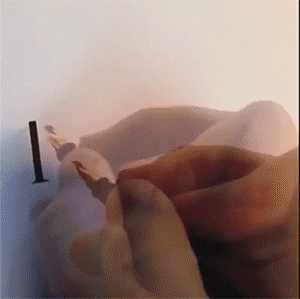
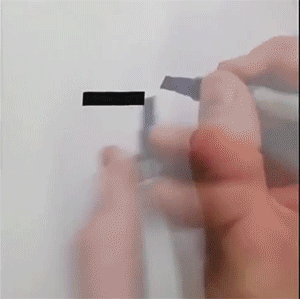
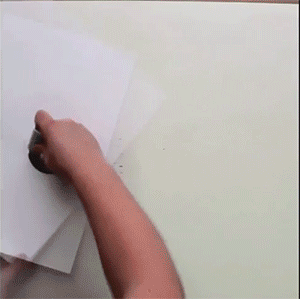
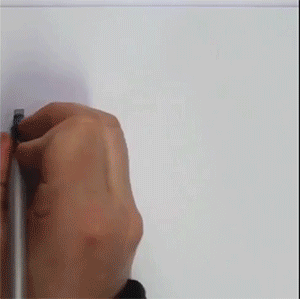

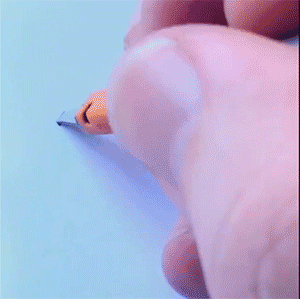

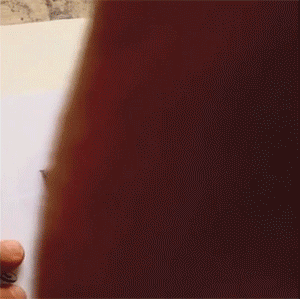
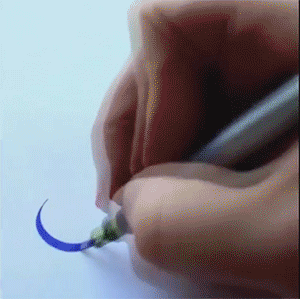
Recreating famous logos by hand
Video



You've Pasted An Image URL Into A Post. What Happens Next Will Shock You.
Copy the URL of an image you own. Paste that URL anywhere in the text of a post. Watch how that URL doesn’t even show up. Watch how — ♫ whap ♫ — your image shows up instead.

An invisibly delightful convenience. Enjoy.

Beautiful.





Photos of the day - October 12, 2014
Runners participate in the Chicago Marathon, Ultra-right wing anti-separatists burn flares during a demonstration for the unity of Spain as they celebrate Spain’s National Day in Barcelona and a folk artist wearing a traditional headdress to mark the third anniversary of Yakshagana Kala Sangha in Bangalore are some of the photos of the day. (AP/Reuters)
Find more news related pictures on our photo galleries page and follow us on Tumblr.

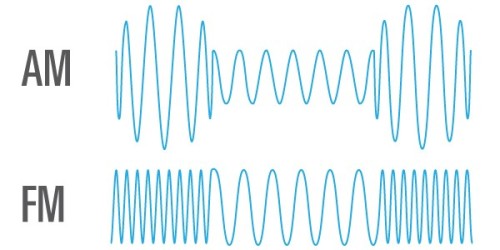
AM & FM: How Radio Works
Lately I’ve been thinking about how the things I use every day actually work, and since I listen to a lot of podcasts, you can guess where this post is going: radio.
In a studio, a microphone converts sound waves from a person’s voice into an electronic audio signal. If this was sent out by itself, it would only travel a few metres in air before it faded out. To get radio waves to travel long kilometres to a receiver, we have to combine it with a “carrier wave”—an electromagnetic wave.
Electromagnetic waves are made up of oscillating electric and magnetic fields, just like visible light, but radio waves are right down on the lower end of the spectrum, so their wavelengths are very long—around 300 metres.

(Image Credit: NASA)
Sound information is combined with the wave by altering or modulating the wave’s properties, like changing its amplitude, frequency, or phase. There are two ways to combine the audio signal with the carrier wave: amplitude modulation (AM) or frequency modulation (FM).
AM radio changes the overall amplitude or strength of the wave, varying its height in order to incorporate the sound information. FM radio works a little differently, because it changes the frequency of the wave rather than the amplitude. The frequency is the number of wavelengths that pass by a given point per second—physically, a high frequency wave would look squashed up, and a low frequency wave would look stretched out.

(Image Credit: Wikimedia Commons)
Both kinds of waves are susceptible to variations in amplitude as they zoom off through the air, but since FM radio relies on changes in frequency rather than amplitude, these variations don’t matter—they can just be ignored, and so the sound quality is usually super clear. But AM radio relies on the amplitude to convey information, so when the amplitude is varied a bit, this results in interference or static, which will be a familiar idea if you’ve ever listened to AM radio on a rural country road. The upside of AM radio is that it travels much further than FM radio, which is probably why you’re listening to it on that rural country road in the first place.
So once these radio waves—whether AM or FM—hit a radio receiver, their oscillating fields induce a current in the conductor. The sound information encoded into the waves can be extracted, and converted back to sound waves to grace your ears with your favourite music or talk show.
(Bonus: if you want to use science to learn more cool science, my fave podcasts are Radiolab, the Infinite Monkey Cage, and Big Picture Science.)
16, I love Technology & Science Stuff . krishan@krishankumar.me
82 posts